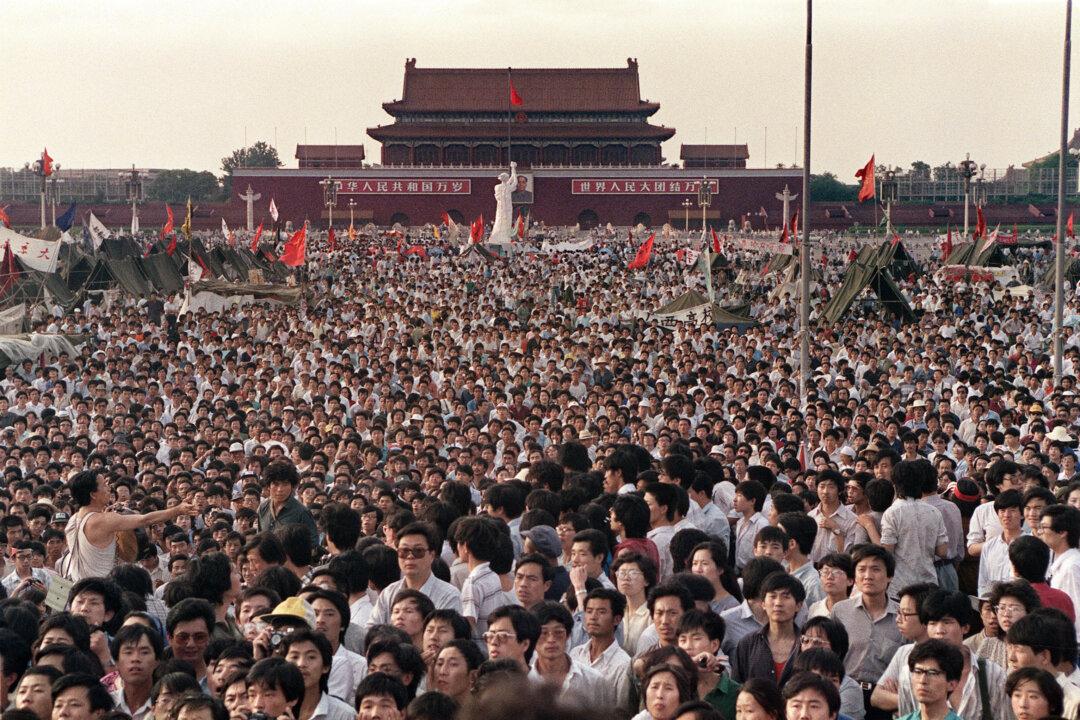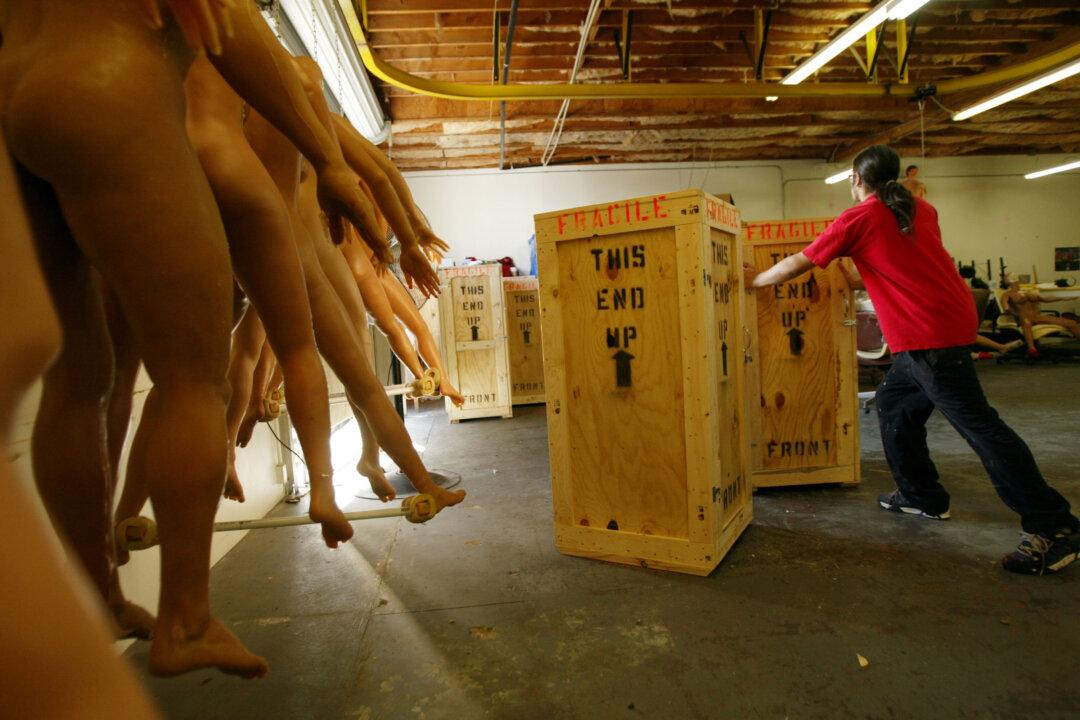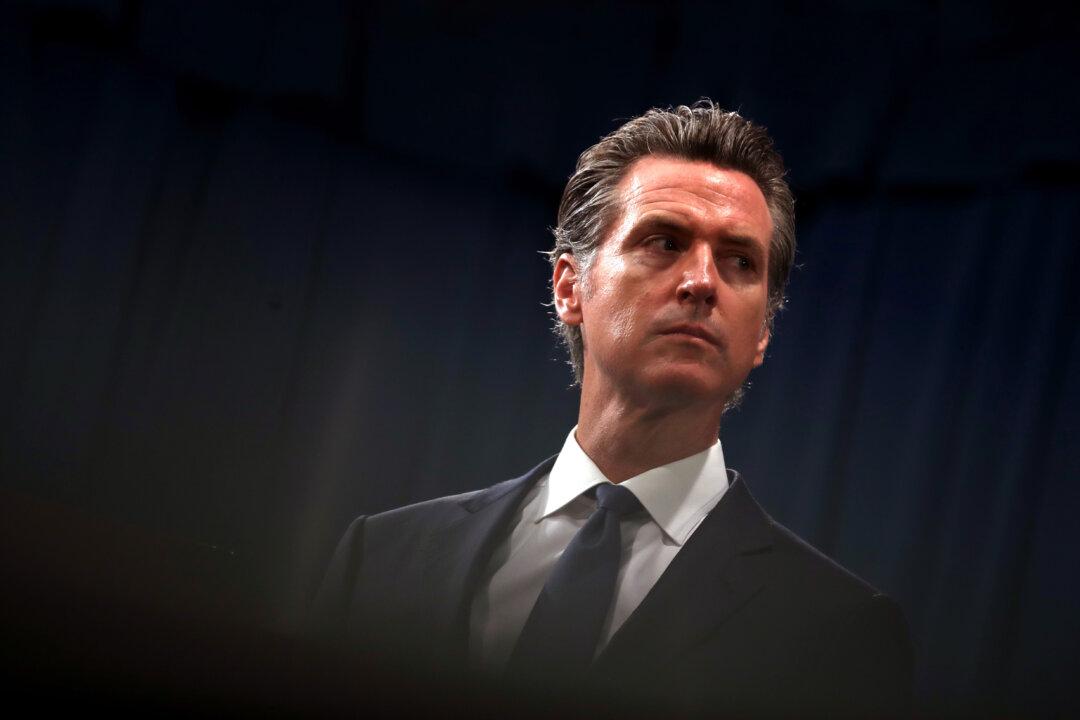ORANGE, Calif.—Thirty years ago, a brief glimmer of democracy formed in the heart of China. However, it was quickly stamped out by the communist regime that still rules to this day.
On May 31 at Chapman University, an event commemorating the 30-year anniversary of the Tiananmen Square protests was hosted by the Smith Institute at Chapman University’s Argyros School of Business and Economics.





